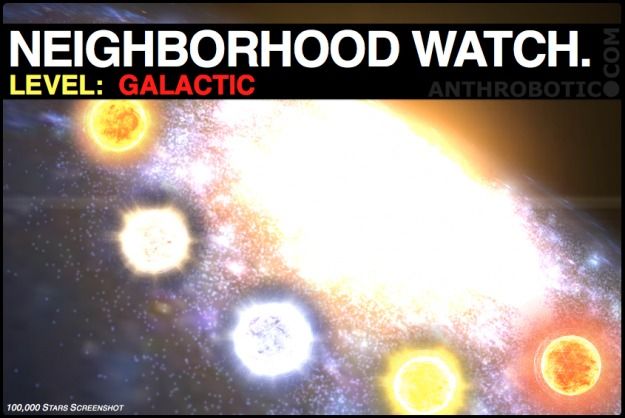Nov 23, 2012
Standing on the Shoulders of Giants: A Galilean Base
Posted by Tom Kerwick in categories: engineering, habitats, space
In a previous post I explored the feasibility of an industrial base on planet Mercury — an option which on first glance had seemed implausible but on getting down to the detail could be considered quite reasonable. Here I go the other direction — outward to the first of the gas giants — and the Galilean moons of Jupiter.
From a scientific point of view it makes a lot of sense to set up a base in this region as it provides the nearest possible base to home that could start to explore the dynamics and weather systems of gaseous planets — which are quite common in our Universe — and how such planets impact on their moons — as potential locations for off-earth colonies and industrial bases. It bears consideration that only two other moons in our outer solar system are of requisite size to have a gravitational field similar or greater to that of our Moon — namely Saturn’s Titan and Neptune’s Triton — so the Galilean moons demand attention.
The first difficulty to consider is the intense radiation from Jupiter, which is far stronger than the Earth’s Van Allen radiation belts. Although proper shielding normally protects living organisms and electronic instrumentation, that from Jupiter is whipped up from magnetic fields 20,000 stronger than Earth’s, so shielding would become difficult. It has been considered that such radiation would be the greatest threat to any craft closing within 300,000 km of the planet. At 420,000 km from Jupiter, Io is the closest of the Galilean satellites. With over 400 active volcanoes, from which plumes of sulphur and sulphur dioxide regularly rise as high as 400 km above its surface, it is considered the most geologically active object in the solar system. The activity could be viewed as a source of heat/energy.
Unlike most satellites, it is composed of silicate rock with a molten iron or iron sulphide core, and despite extensive mountain ranges, the majority of its surface is characterized by extensive plains coated with sulphur and sulphur dioxide frost. One can perhaps disregard its extremely thin sulphur dioxide atmosphere as an inconvenience, though is in too close proximity to Jupiter and its extensive magnetosphere even for occasional mining expeditions from the other moons. In this regard one would have to rule out Io and any resources there completely from consideration for such as base. Onto the other options…
Continue reading “Standing on the Shoulders of Giants: A Galilean Base” »


 It was on a long-haul flight many months ago that I recalled a visit to the National Air and Space Museum [1] to a fellow passenger whom I struck up conversation with. Asking if I could recommend somewhere to visit in Washington DC, I recounted how I had spent an entire day amazing at the collection of historic aircraft and spacecraft on my only visit to that city fifteen years or so previous as a young adult — and as always a kid at heart.
It was on a long-haul flight many months ago that I recalled a visit to the National Air and Space Museum [1] to a fellow passenger whom I struck up conversation with. Asking if I could recommend somewhere to visit in Washington DC, I recounted how I had spent an entire day amazing at the collection of historic aircraft and spacecraft on my only visit to that city fifteen years or so previous as a young adult — and as always a kid at heart.







